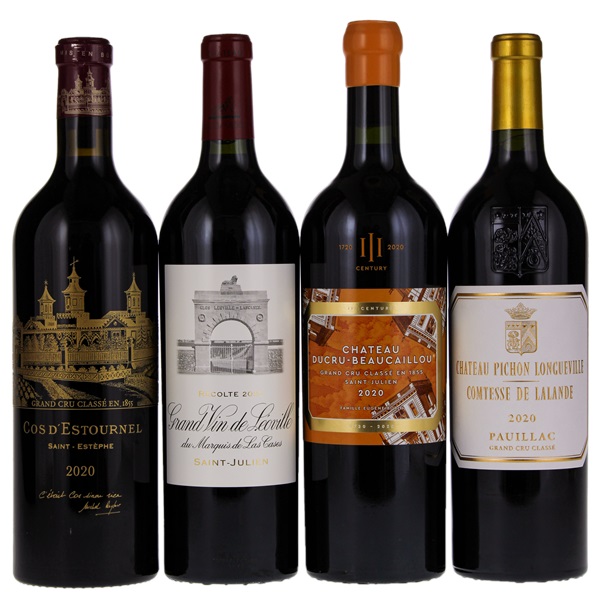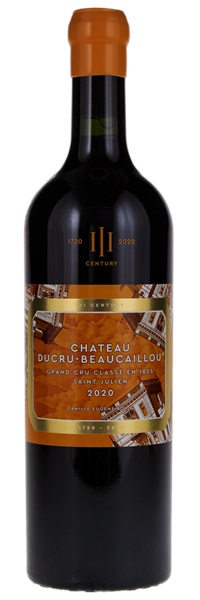ITEM 9535180 - Removed from a subterranean, temperature and humidity controlled residential cellar; Purchased direct from a distributor


Full-bodied, concentrated, and layered, it has incredible purity in its cassis and darker, almost blue fruits, some classic yet primary tobacco, graphite, and mineral notes, a dense mid-palate, and awesome length on the finish.
Blackcurrants and blueberries with violets and crushed stone. Extremely aromatic. Full-bodied but very tight and reserved, with racy, almost steely tannins. Some subtle sweet fruit in the center palate. Great transparency and clarity. Super precision here. Vertical and polished.
...very succinct bouquet, not one that leaps from the glass and demands attention, but it unfolds slowly, at its own pace, revealing enticing scents of blackberry, cedar, iris petals and crushed stone. The palate is medium-bodied with sappy black fruit...quite enormous structure that exerts grip towards the finish.
...aromas of dark berries, pencil shavings, violets and pipe tobacco, all framed by creamy new oak...medium to full-bodied, fleshy and concentrated...
Dark fruited, smoother than the 2019 but less elegant. A bit closed on the palate. Chewy, dense, dry but in a lovely way.

Blackberry jam, gravel, spice, menthol, licorice, espresso and plum all saturate the palate.
A linear and very racy wine with super fine tannins that run the length of the wine. Superb. It’s full-bodied yet really focused and polished with a length and intensity. Lots of currants and graphite. Very classy and fine.
...regal, medium to full-bodied, concentrated, flawlessly balanced 2020 with a pure core of cassis and darker currant fruits, a layered, seamless mouthfeel that carries substantial tannins, perfectly integrated oak, and subtle floral, mineral, and leafy herb nuances.
...aromas of cherries, cassis, loamy soil, violets and dark chocolate framed by a discreet touch of new oak. Full-bodied, broad and layered, it's rich and concentrated, with a deep core of fruit framed by sweet, powdery tannins and lively acids. Concluding with a long, resonant finish...
Sleek and slightly austere in feel, with a cold cast iron note framing a core of tightly compressed cassis, plum and blackberry fruit flavors. Shows subtle flashes of tobacco and smoldering charcoal, as the finish lingers with verve.
Intense, subtle and reserved. Just a hint of spice and cedar. Dense and tightly woven on the palate, the texture smooth and refined. Tannins firm but finely etched, the manifest acidity reinforcing the structure and helping with length and persistence.

...very intense bouquet with layers of black fruit, hints of seaweed/brine, crushed stone, and perhaps less mint than it displayed from barrel...possesses stunning delineation, like a perfect C major chord echoing around an empty cathedral...palate is very well balanced, much more classic in style than its barrel showing, saline to its core, with hints of brine.
Aromas of blueberries and blackcurrants with some stone and sandalwood undertones. Medium-bodied with a solid core of fruit and a fresh and delicious finish. Classy tannins that are fine and textured. Such sophistication.
...classic Pauillac character in its red, blue, and black fruits as well as graphite, cedar pencil, violet, and flower nuances. Seemingly from a cooler vintage with its purity, vibrancy, and focus, it nevertheless is concentrated and has ripe, gorgeous tannins, a great mid-palate, and a finish that keeps you coming back to the glass.
A wow wine, packed with cassis, loganberry and mulberry flavors that hint at the vintage’s warmth, but this stays poised and fresh, with a sleek structure built on graphite and iron. There’s violet and lilac lift in the background and a groundswell of sweet tobacco, savory and singed cedar details that emerge through the finish, all with a fine-grained and rather luxurious feel.
Tannins and fruits march in step with each other to give this wine style and elegance...structure is supple and the tannins smoothing...
...very demonstrative out of the gates, bursting from the glass without any coaxing to exhibit aromas of sweet cassis and blueberries mingled with notions of clove, violets and lilac. Medium to full-bodied, velvety and polished, with a seamless, charming profile that exhibits no hard edges, it concludes with a nicely defined, spice-inflected finish.
Black fruit and crushed stones. Dry tannins are nevertheless rounded in texture and clothed in the black fruit. Firm, dry. Stay away for a long time even though the tannins are fine-grained. Intense yet elegant.

...aromas of cassis, dark berries and plum liqueur mingled with exotic spices, burning embers and petals, framed by a generous application of creamy new oak. Full-bodied, broad and low acid/high pH in style, it's rich and extracted, with a layered, mid-palate and a long, clove-inflected finish.
A broad, rich, enticing wine, built on a core of exotic mulberry and loganberry notes laced with black tea, spices and incense. Rounded through the finish, with the fruit cruising through under a suave gloss of toast. A real crowd-pleaser, with a luxurious feel that makes this hard to lay off of now.